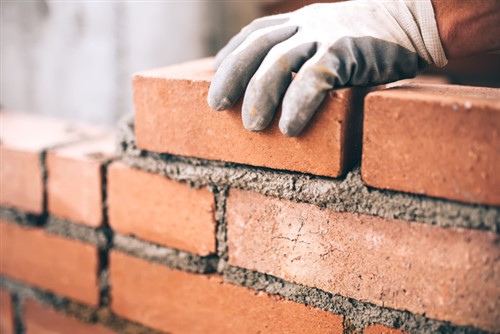

Re-doing above-ground Earthquake Commission (EQC) repairs, at a cost over $160 million, is only the tip of an underlying quakeberg, says one insurance expert.
Massey Business School senior lecturer, Michael Naylor, said in an opinion piece that the government’s potential liability could be substantially larger.
“The main point is that current EQC and insurer figures for rebuilds are related to issues pertaining to above ground (non-foundation) faults, or blatantly obvious foundation botch-ups,” Naylor said. “In reality, the main quake liabilities relate to a failure to rebuild foundations correctly in over 90% of cases. This threatens to be as large as the leaky homes crisis – which has cost over $6 billion so far.”
Spending money repairing above-ground cracks when found are shot, he claims, is throwing money away.
In his article, Naylor also outlined a number of concerns for homeowners and insurers in the face of quake or land settling. These include:
“The majority of quake-damaged houses are likely to be sitting on foundations that will not support them in any further quakes or land settling,” he claims. “Best estimates involve 30,000 to 50,000 houses.”
The insurance expert suggests that a best-practice rebuild would involve foundation assessment and geotechnical investigation before any house repairs were undertaken.
“The bad news is that while Canterbury houses stood happily on shonky foundations for over 100 years due to the scarcity of quakes, geological estimates are that, over the next several decades, quakes will be more common,” Naylor said.
“Given time limitations on insurer cover, any future costs will fall on New Zealand taxpayers and Canterbury house owners. The potential liabilities of continuing house damage in Canterbury due to the failure to assess or repair foundations is thus potentially catastrophic for the Government.
“Minister Woods really needs to demand her advisers provide her with analysis of this very real and looming issue,” he added.
